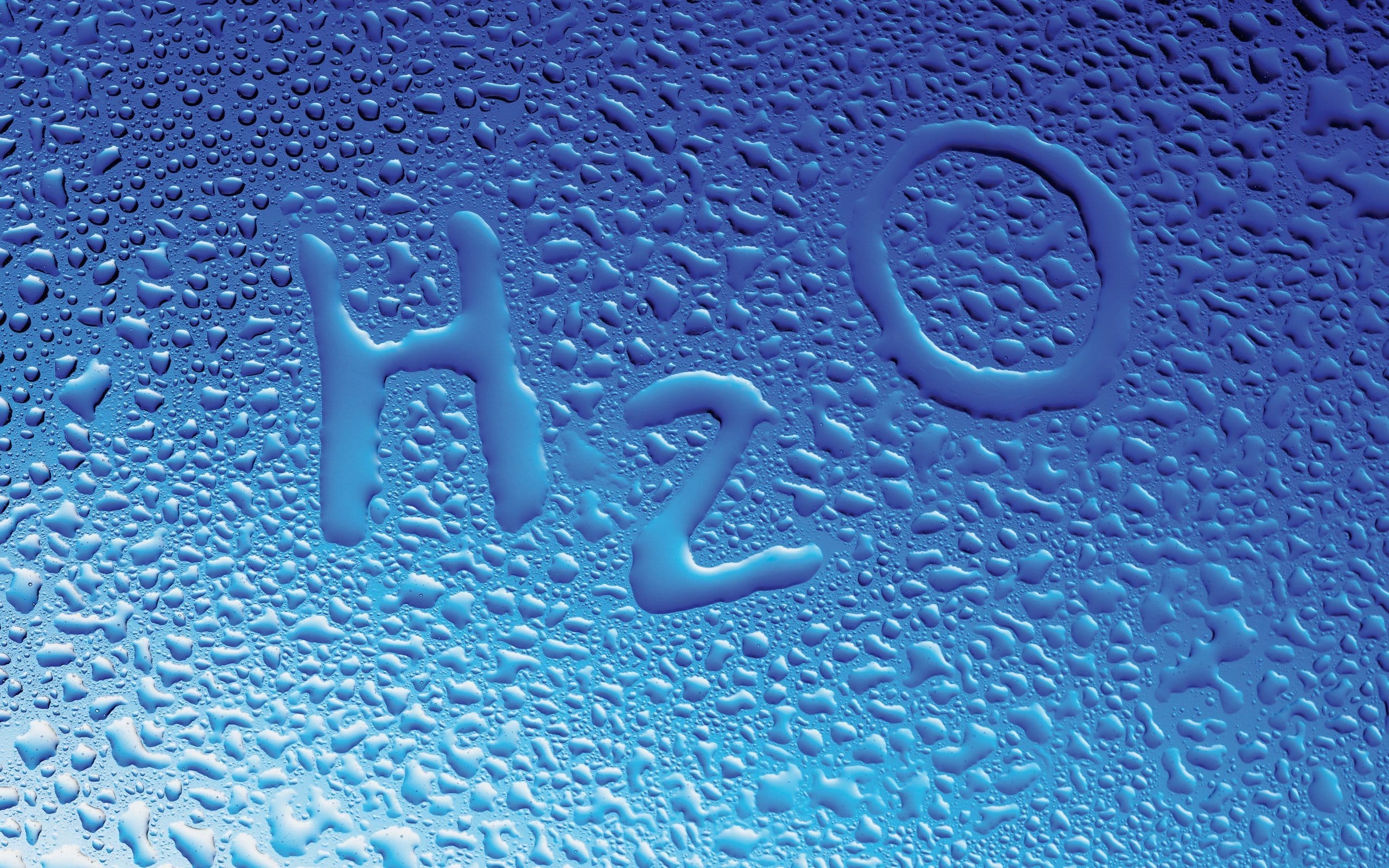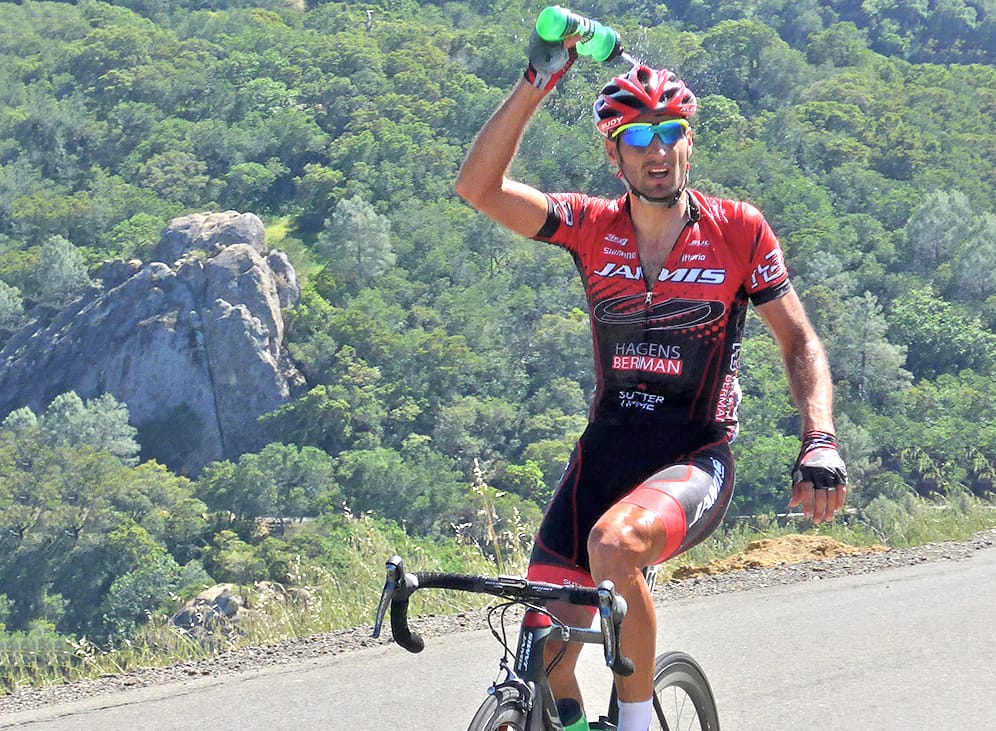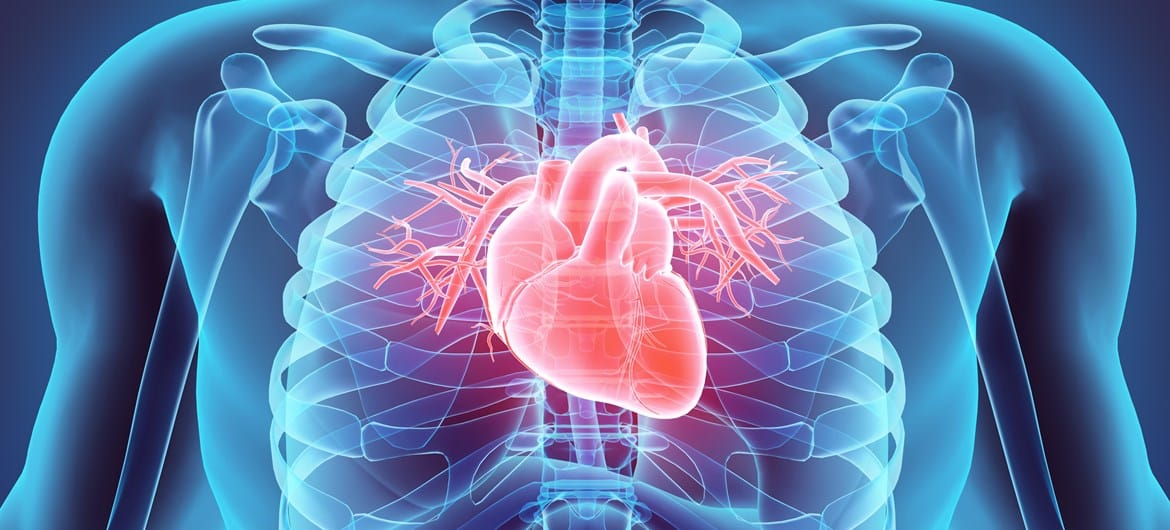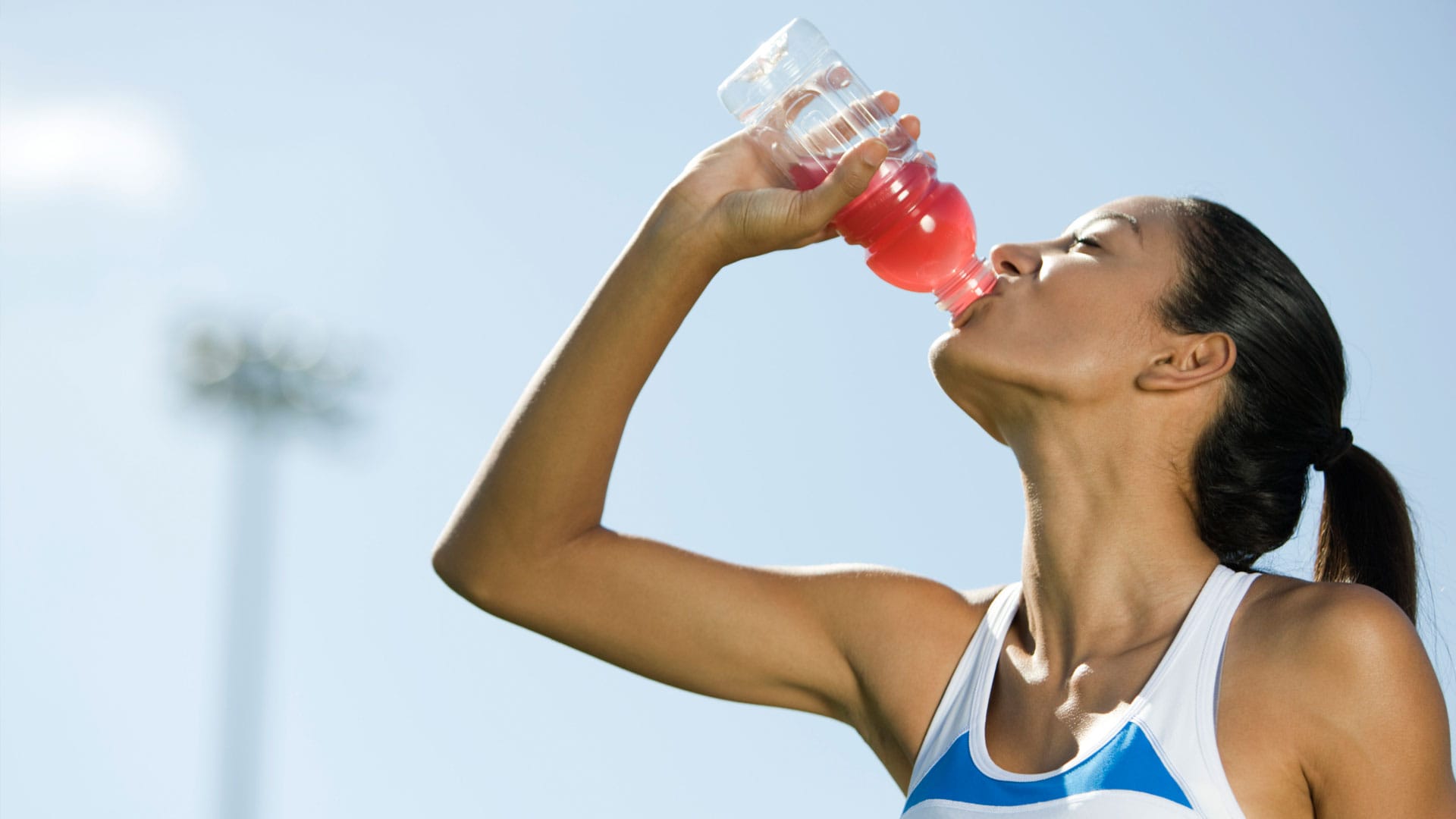It should come as no surprise that you need to keep yourself topped up with water to perform optimally, as our bodies alone are made of approximately 60% water. Whether you’re training, jogging, hiking or cycling, keeping hydrated is extremely important. If you don’t keep yourself hydrated, you’ll be compromising your performance as your muscles, and more importantly, your brain won’t perform at their best.
Even if you have the most pimped-out bike, the top gear, and the sweetest cycling shoes, none of it will take you to the top if you don’t give your body what it needs. With all that talk, it can be pretty exhausting keeping yourself hydrated while cycling, but fear not, we have some tips that can influence your hydration levels
1. Water Is Your Friend

Water is essential for every bodily function. Even though it does not supply any calories or vitamins, but it helps your body in digestion, cushions your organs and keeps your body temperature from rising during exercise. H2O alone accounts for almost 55-60% of your body weight. Keep yourself hydrated before, after and especially during pedaling to avoid drying out on the road. For best absorption, drink 12 to 16 ounces of water before you start pedaling, sip another just before riding and 16-ounce during pedaling.
2. Customize

Different people sweat at different rates, and it also varies on the location you select for your cycling trip, however, one thing that remains same regardless all these changes is your hydration goals. According to Douglass Casa, Ph.D., director of athletic training education at the University of Connecticut at Storrs said, “Your aim is to minimize fluid and electrolyte loss or gain.” You need to be well aware of your sweat rate. This can be done easily by stepping on a scale before and after your ride. If you weigh more after your ride, then cut down a bit to avoid over-hydration. If you weigh less after your ride, drink more during your ride.
3. More H20 Means A Stronger Heart

Studies reveal that cyclists who lose a quarter of fluid during their ride, tend to experience a rise in their heartbeat by 8 beats per minute, and a decrease in cardiac function which increases their body temperature. Dehydration increases metabolic stress on your muscles and weakens your internal thermostat as less oxygen is provided to your muscles. Thus it is important to drink lots of water so that enough oxygen is provided to your muscles, so they keep a steady flow of blood to your skin, speed up your sweat rate and decrease the time needed for fluids to be absorbed into your bloodstream.
4. Sports Drinks Can Be Your Friend Too!

If you want to add a bit of taste to your fluid, try the popular sports drinks. Make sure to find ones that contain sodium, potassium and other electrolytes and energy-producing carbohydrates. Most sports drinks tend to keep your body hydrated for more than one hour. So, if you plan on a long cycling ride, make sure to carry few of these drinks!
- Destinations
- Activities
- Ask Questions
- Build Your Trip
- More Info
